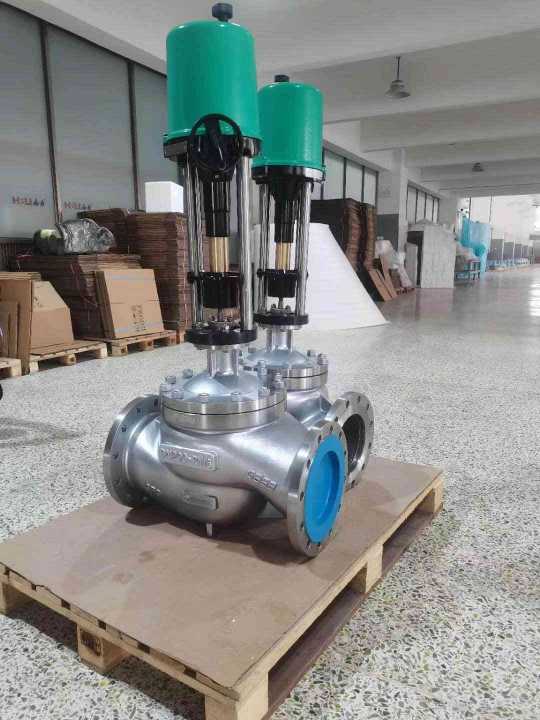An electric single seat regulating valve plays a vital role in modern industrial systems, offering precise control of fluid or gas flow. These valves are widely used in sectors such as HVAC, chemical processing, and water treatment, among others. By understanding how these valves operate, their advantages, and their specific applications, industries can optimize their processes and ensure efficient operations.

What is an Electric Single Seat Regulating Valve? An electric single seat regulating valve is a type of valve that uses an electric actuator to control the flow of fluids or gases through a system. The valve typically consists of a single seat where the valve plug or closure element sits, controlling the flow. The electric actuator is responsible for adjusting the valve’s position in response to control signals. These signals can come from a variety of control systems, such as temperature or pressure controllers, ensuring the system operates within the desired parameters. The single seat design is characterized by a simple yet effective sealing mechanism, where the closure element seals against the seat to stop or regulate the flow. The actuator, typically driven by an electric motor, moves the plug in or out of the seat, allowing for continuous regulation of the flow. This enables the valve to precisely control fluid flow rates or pressure levels based on real-time conditions, making it ideal for a range of applications where accuracy and efficiency are key.